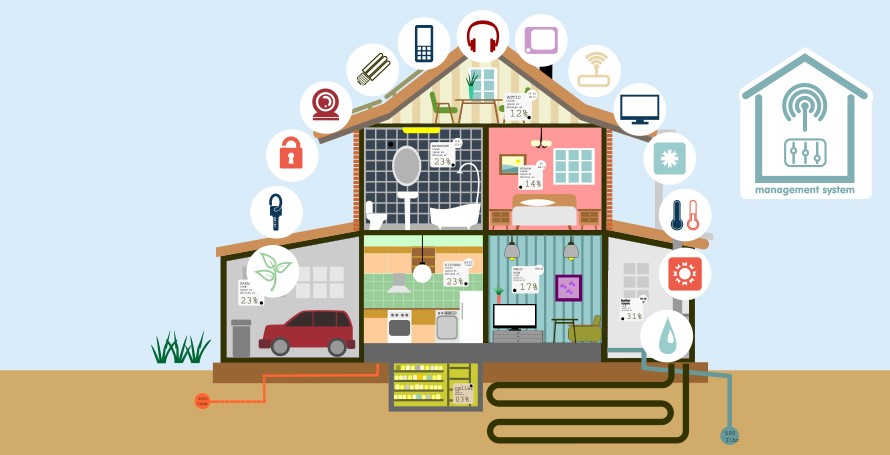
Contemporary smart electronics have become bastions of convenience and efficiency, allowing us to remotely monitor and adjust electricity consumption through smart meters, or by turning off lighting with our smartphones. At the center of it all, smart sensors are streamlining the way we interact with technology, endowing it with the ability to generate and share vast quantities of data to save us time and money. While about one third of your energy bill can be saved by switching to energy-efficient smart systems, the challenge lies in the data. How do we know what’s worth replacing?
Few people realize just how much energy is actually being used in their household, let alone which items consume the most power. Standard electricity meters take approximately one reading per month, making it virtually impossible to save energy; it’s like trying to balance a budget when studying your finances only once every 30 days.
The solution lies in smart sensors and the large amount of data they produce, allowing energy users to granularly track and reduce waste in ways that weren’t possible years ago. As a critical component of the IoT, smart sensors automate the collection of environmental data and remotely transmit it over the Internet. They offer a scalable, software-reliant solution that’s often less costly than investing in large-scale hardware such as solar arrays, although the two may be used in conjunction for maximum power efficiency.
Sensor usage in smart household appliances, smart power grids, smart building, and industrial process control enables resources to be used efficiently, reducing both cost and greenhouse gas emissions. It’s no surprise, then, that intelligence firm IHS predicts that the demand for wireless, battery-powered sensor nodes is expected to jump tenfold between 2014 and 2021, reaching $350 million in revenue. Introducing microprocessor control systems into household appliances has helped spur demand, eliminating the need for large mechanical contractors, relays, and the switching technologies that traditionally switched several amps and incandescent lightbulbs. Instead, microprocessor controls allow for the use of much lower power and non-contact sensing technologies.
Other factors that have converged to make this possible include the rising cost of energy and government investments into the development of an energy-efficient smart grid. In 2009, Congress passed the American Recovery and Reinvestment Act (ARRA) which diverted billions of dollars into the development of a smart infrastructure. IHS claims that since 2014, some of the largest contracts from smart grid sensors in the U.S. have gone up to 1,000 or more units, establishing it as the market leader in sensor development.
Europe and Latin America are not far behind, being positioned as the next big growth markets. Integrating the high levels of renewable energy from European solar and wind installations into the existing electric grid requires advanced energy management dependent on the adoption of smart sensors. Since most solar farms are located in dense, urban environments made up of underground distribution networks, smart grid sensor growth in Europe is supported by an increase in underground sensor sales. Conversely, Latin American utilities are spending an increasing amount of time and resources to modernize their infrastructure, with smart grid investments expected to reach $38.1 billion by 2025.
The cycle is self-fulfilling; with each pilot program transitioning into a large-scale installation, we see yet another example of a successful deployment, redoubling convictions and allowing future smart grid sensor technology to scale accordingly.
Texas Instruments’ wireless sensor node training will help you brush up on the basics of wireless sensor node optimization, helping you improve existing and future designs when building the automation system architecture that powers the IoT. The time has come to modernize your designs for the latter half of the 2010s.
Content Provided by AspenCore and (client).
Source: Newelectronics.co.uk, Rambusblog, IHS, TIME,
Advertisement
Learn more about Electronic Products Magazine





